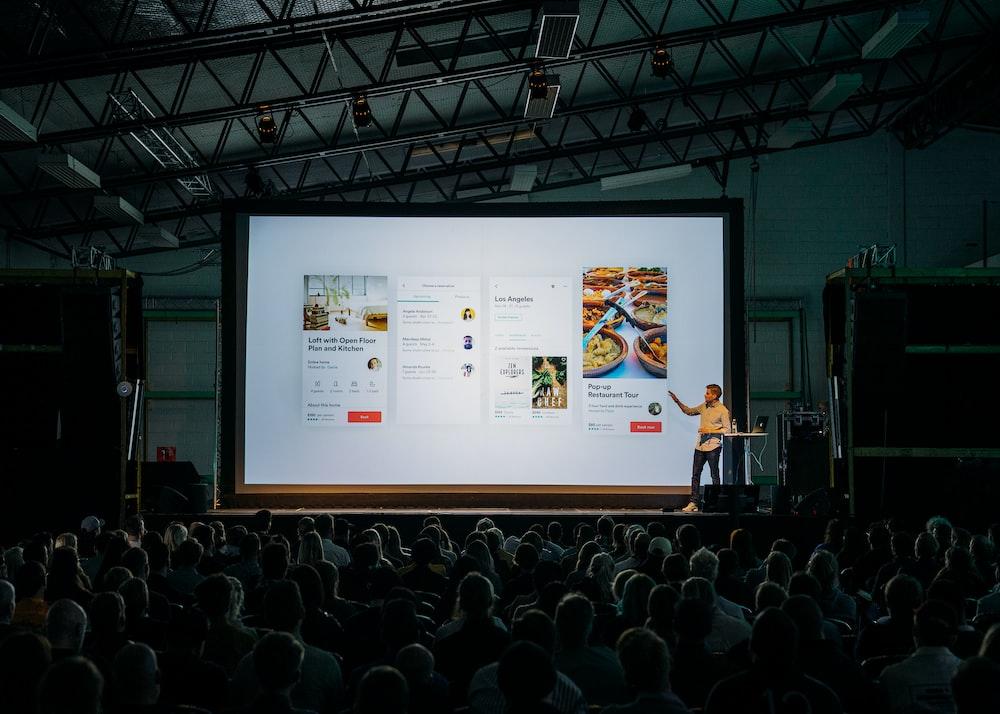Nothing is as frustrating as sitting in a boring presentation where you struggle to concentrate for hours. Various reasons can cause a boring presentation. For example, a speaker who uses confusing language or doesn’t know how to keep an audience engaged. Boredom can be avoided by using visuals. Visuals are magnificent in showing your ideas to your audience and guiding them with context and data. So let’s explore the power of visuals in enhancing presentations.
What Are Visuals in a Presentation? The Answer

Visuals are usually graphic and used to emphasize something rather than words. Visual presentation examples include graphs, diagrams, animations, video clips, and photographs.
Why Visuals Are Important in Presentation: Reasons and How to Use Them
There are various reasons visuals are important in a slideshow. They include:
- Hooking the audience
- Enhancing understanding
- Making the exhibition memorable
Now that you know what visuals are and their importance during presentations, let’s see how to use them to enhance a presentation.
Keep Them Simple
Whether you make the deck yourself or outsource it to experts such as SlidePeak, the visuals should be easy to read and retain the message you are putting across. To achieve this, avoid confusing images and graphics. The visuals should be easy to understand even by looking at them from a distance. If you are using text, minimize them and choose a font size that is big enough to read.
Apart from being simple, ensure the visuals apply to your message. Irrelevant images will detract the audience from the topic. Instead, create visuals for presentations that relate to the discussion and enhance your slideshow.
Use High-Quality Images
High-quality images can substantially affect how your audience views your message. Low-quality visuals are blurry and won’t display your message clearly, making your audience lose interest. Consider several things when you want your images to be of high quality. The first is the resolution of the image. Resolution refers to the number of pixels in an image and determines its clarity and detail. The higher the resolution, the clearer and more detailed the image. Also, make sure your images are large enough for your intended use. You can check the size of an image by looking at its dimensions in pixels or inches.
Use Animations Moderately
Animations are significant in enhancing your presentations, but you should strategically use them. Use animations only when they add value to your presentation and help to clarify or emphasize a specific point. For example, avoid using animations to make your slideshow more visual. Instead, provide context and introduce the video to your audience. Explain how the video relates to your message and what your audience can expect to learn or gain from watching it.
Incorporate Videos
Adding videos to your deck allows you to illustrate complicated thoughts, show real-life examples, and provide an interactive presentation. Ensure your video is at the point of your discussion to avoid detracting from the topic. Also, do a brief introduction of the video. Finally, explain to your audience what the video is about and how it’s related to your topic so they can gain some information from it. Remember, most videos are copyright protected. So, ensure you have paid for the video you’ll use or you get permission from the owner.
Types of Visuals for Presentations: Top Ones That Will Spice Up Your Exhibition

There are various types of visuals for exhibitions. But the effectiveness of visuals in a good presentation depends on what you are presenting. So pick the most suitable ones. The different types include:
- Slideshows – contain a variety of slides with text and images.
- Storyboards – have sketches or mages that outline film production visuals.
- Interactive presentations – are designed as a connection to the audience. An example of interactive presentations is quizzes.
- Virtual reality presentations – use VR technology to build captivating experiences for the audience.
- Images – pictures that add context, create emotional impact or illustrate a point.
- Charts and graphs – act as a way to represent data visually. They help clarify complicated ideas and make them accessible to the audience.
- Diagrams – diagrams are visual representations of processes, systems, or concepts. They can help to simplify complex ideas.
- Videos – videos can add variety to your presentation and provide a more dynamic experience for the audience. They can also show a process or concept.
Final Thoughts
There are numerous types of visual presentations, which are vital for any successful presentation. They help keep the audience by grabbing their attention and making complex ideas simple. You can design a memorable and engaging slideshow using various visuals, like graphs or images. So whenever you are creating a deck, remember to add visuals to enhance the impact of your message.











